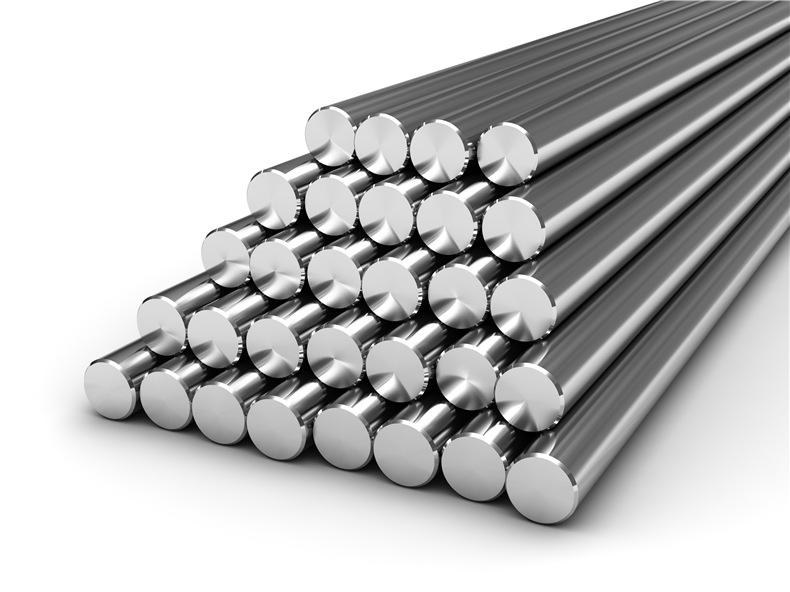Stainless steel structure composition and performance

Structural composition
The corrosion resistance of stainless steel decreases with the increase of carbon content. Therefore, the carbon content of most stainless steels is low, the maximum is not more than 1.2%, and the ωc (carbon content) of some steels is even lower than 0.03% (such as 00Cr12 ). The main alloying element in stainless steel is Cr (chromium). Only when the Cr content reaches a certain value, the steel has corrosion resistance. Therefore, stainless steel generally has a Cr (chromium) content of at least 10.5%. Stainless steel also contains elements such as Ni, Ti, Mn, N, Nb, Mo, Si, and Cu.
Main features
1.Weldability
Different product uses have different requirements for welding performance. A class of tableware generally does not require welding performance, and even includes some pot enterprises. However, most products require good welding performance of raw materials, such as second-class tableware, thermos cups, steel pipes, water heaters, water dispensers, etc.
2.Corrosion resistance
Most stainless steel products require good corrosion resistance, such as Class I and II tableware, kitchen utensils, water heaters, water dispensers, etc. Some foreign merchants also do corrosion resistance tests on the products: use NaCl aqueous solution to heat it to boiling, and pour it after a period of time. Remove the solution, wash and dry, and weigh the weight loss to determine the degree of corrosion (Note: When the product is polished, the Fe content in the abrasive cloth or sandpaper will cause rust spots on the surface during the test).
When the atomic percentage of the chromium content in the steel is not less than 12.5%, the electrode potential of the steel can be abruptly changed, from a negative potential to a positive electrode potential. Prevent electrochemical corrosion.
3.Polishing performance
In today's society, stainless steel products are generally polished during production, and only a few products such as water heaters and water dispenser liner do not need polishing. Therefore, this requires that the polishing performance of the raw material is very good. The main factors that affect the polishing performance are as follows:
① surface defects of raw materials. Such as scratches, pitting, pickling, etc.
②The problem of raw materials. If the hardness is too low, it will not be easy to polish when polishing (the BQ property is not good), and if the hardness is too low, the orange peel phenomenon is easy to appear on the surface during deep drawing, thus affecting the BQ property. BQ properties with high hardness are relatively good.
③ For the deep-drawn product, small black spots and RIDGING will appear on the surface of the area with a large amount of deformation, thus affecting the BQ performance.
4.Heat resistance
Heat resistance means that stainless steel can still maintain its excellent physical and mechanical properties at high temperatures.
Effect of carbon: Carbon is strongly formed and stabilized in austenitic stainless steels. Elements that determine austenite and expand the austenite region. The ability of carbon to form austenite is about 30 times that of nickel, and carbon is an interstitial element that can significantly increase the strength of austenitic stainless steel through solid solution strengthening. Carbon can also improve the stress corrosion resistance of austenitic stainless steel in highly concentrated chloride (such as 42% MgCl2 boiling solution).
However, in austenitic stainless steel, carbon is often regarded as a harmful element, mainly because under some conditions (such as welding or heating at 450~850 ° C) in the corrosion resistance of stainless steel, carbon can interact with the carbon in the steel. Chromium forms high-chromium Cr23C6-type carbon compounds, which leads to the depletion of local chromium, which reduces the corrosion resistance of steel, especially the resistance to intergranular corrosion. therefore. Most of the newly developed chromium-nickel austenitic stainless steels since the 1960s are ultra-low carbon types with a carbon content of less than 0.03% or 0.02%. It can be known that as the carbon content decreases, the intergranular corrosion susceptibility of the steel decreases. When the carbon content is lower than 0.02% has the most obvious effect, and some experiments also pointed out that carbon also increases the pitting corrosion tendency of chromium austenitic stainless steel. Due to the harmful effect of carbon, not only should the carbon content be controlled as low as possible in the smelting process of austenitic stainless steel, but also in the subsequent hot, cold working and heat treatment processes, the surface of the stainless steel should be prevented from increasing carbon, and chromium carbides should be avoided. Precipitate.
Corrosion resistance
When the amount of chromium atoms in the steel is not less than 12.5%, the electrode potential of the steel can be abruptly changed from negative potential to positive electrode potential. Prevent electrochemical corrosion.
Search
Categories
- Aluminum Panel
- _ Aluminum CNC Carved Panel
- _ Aluminium Decorative Panel
- _ Aluminum Column Cover
- _ Aluminum Meshed Panel
- _ Aluminum Perforated Panel
- Aluminum Metal Ceiling
- _ Artistic ceiling
- _ Clip in ceiling
- _ Lay in ceiling
- _ Grid ceiling
- _ Strip ceiling
- _ Round pipe ceiling
- Aluminum Composite Panel
- _ PE/PVDF ACP
- _ Wooden/Stone ACP
- _ Brush/Mirror ACP
- _ Pearl Sparkle/Glossy ACP
- _ Signboard ACP/Advertising ACP
- Stainless Steel
- _ Stainless Steel Rod
- _ Stainless Steel Fence
- _ Stainless Steel Handrail
- _ Stainless Steel Pipe
- _ Stainless Steel Panel & Coil

 Send Email
Send Email 13928849689
13928849689